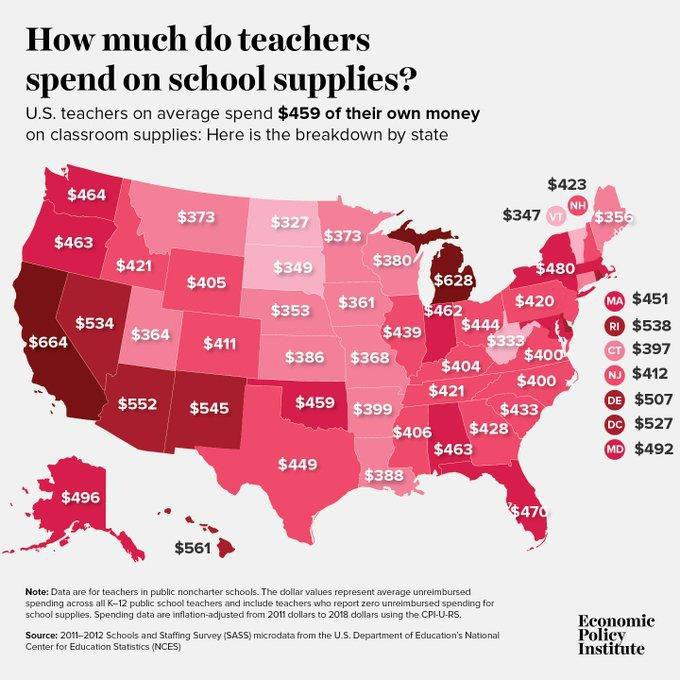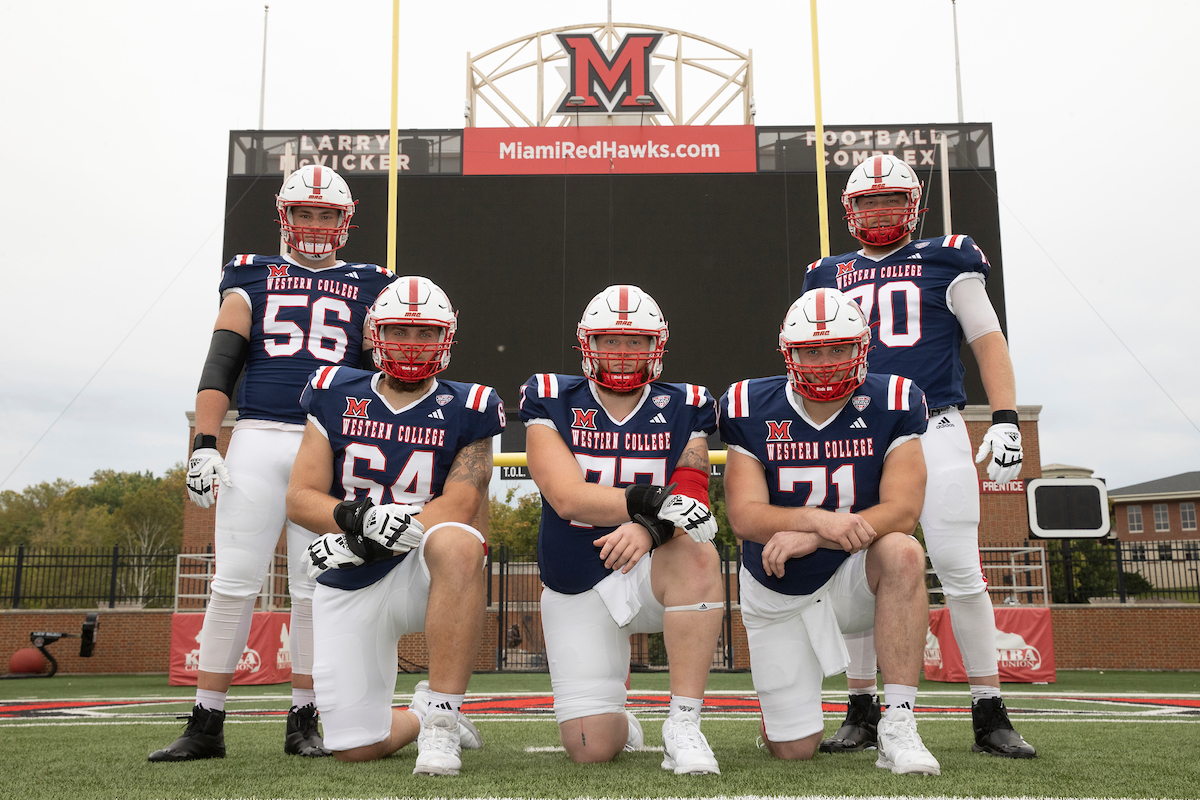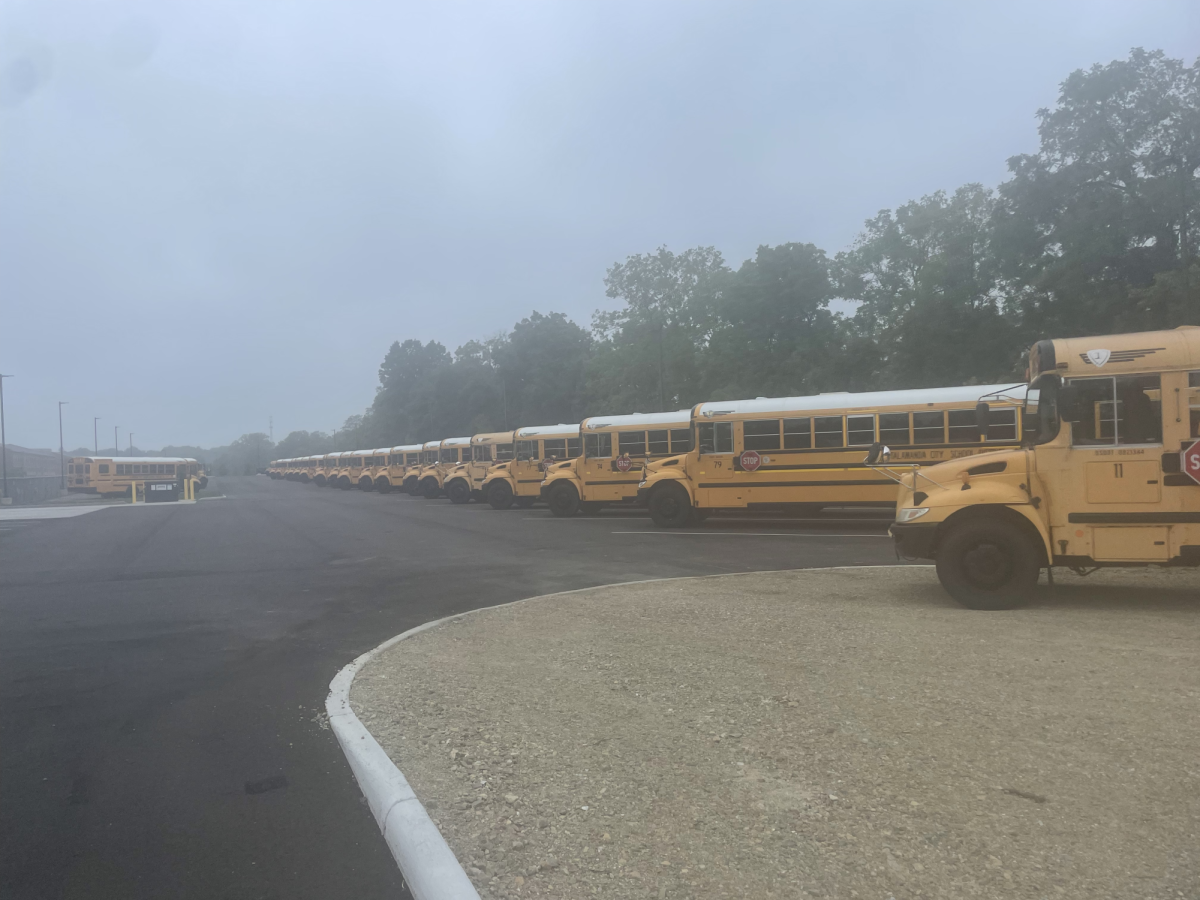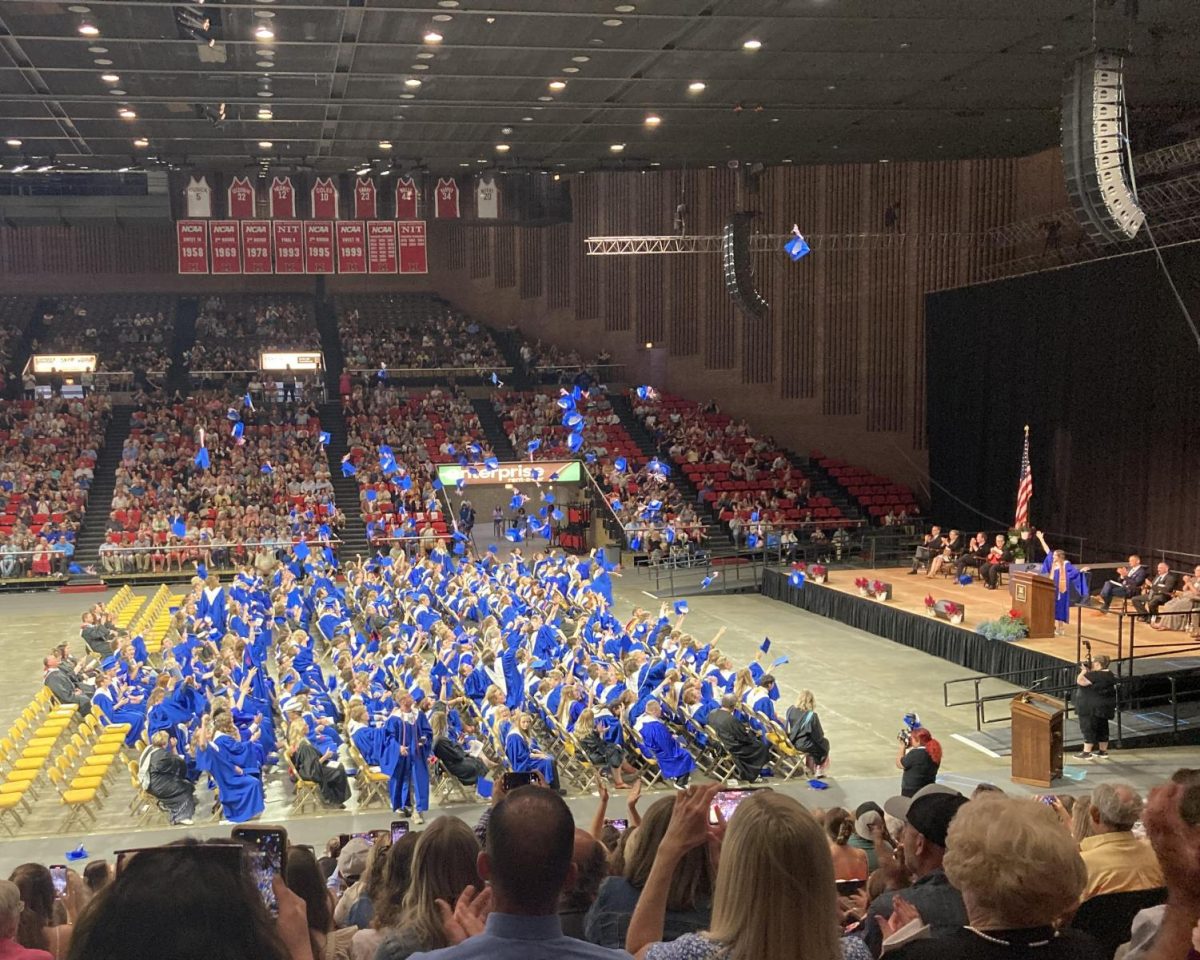When parents, guardians and schools can’t afford the price of school supplies, teachers often step up to fill the void.
According to a study this year by the non-profit Economic Policy Institute (EPI), teachers spend an average of $459 of their own money on school supplies every academic year nationwide. EPI is a Washington think-tank that conducts economic research and analyze economic policies.
California had the highest amount of teacher spending, averaging $664 per teacher, per year, with Michigan a close second, at $628, according to the EPI study. The research found that Ohio teachers spend about $444 of their own money per year.
And the money teachers spend on their students isn’t always just for school supplies.
“Elementary school teachers buy snacks daily for students who don’t have it,” said Betty Williams, a kindergarten teacher at Talawanda’s Bogan Elementary School. “We buy coats, shoes, socks, gloves, backpacks and more.”
On top of those items, Williams said she and her colleagues routinely chip in for classroom supplies they think are needed, but aren’t in the school budget. “We buy stickers, erasers, markers and cheap toys to use as a reward for the prize box in our classroom,” she said.
No one asks teachers to spend their own money on such things, but for Williams it isn’t about how much is coming out of her pocket.
“I honestly don’t keep track of the money, the kids need it, I buy it,” Williams said.
Several organizations help teachers supplement what schools’ supply budgets don’t cover. One such is Crayons to Computers, founded in 1997 to help educators in the Greater Cincinnati Area.
“Crayons has distributed more than $170 million worth of school supplies,” since its founding, according to Stephen Bernstein, the organization’s director of marketing.
They make their resources available to five counties in Ohio and an additional seven in Kentucky. The organization offers many different options including a free teacher store, a mobile outreach program and a preschool/early education program.
To qualify for the free store, teachers must be employed at a school where 60% or more of the students receive free or reduced cost lunches through the United States Department of Agriculture.
The free store allows for teachers to shop 10 times throughout the school year and, for the ones who are unable to make the trip to the store, the mobile outreach program provides a basic range of supplies and delivers them to the doors of schools for teachers to pick from.

“We aspire to level the playing field in the classroom by providing every student in need the tools to succeed in school,” Bernstein said.
Unfortunately for teachers such as Williams, Talawanda doesn’t qualify for the Crayons to Computers program because only about 30% of its students receive help from the USDA for school lunch program.
The district does have other options to help teachers supplement the basic supply budget, however.
“For many years the Butler County Commission has provided some funding to each school in our county for supplies,” said Holli Morrish, Talawanda’s director of communications. “We (also) have worked with United Way in order to purchase supplies in bulk for the best prices and then distribute them,” Morrish said.
Talawanda also employs social workers who help students obtain supplies and the district works with volunteer groups who make donations to those efforts. “We try to make sure that school supplies aren’t a barrier to students,” said Stephanie Norris, director of student services for the district.
Despite all the available help, not all of the needs are met, prompting teachers such as Raj Sundram to step up for their classrooms.
“I probably spend about $100 each year on my classroom,” said Sundram, a teacher at Talawanda Middle School.

Talawanda gives teachers in the English and Language Arts Department a $200 purchase order to spend at Walmart or Half-Priced Books, in addition to everything else mentioned above.
Sundram is in his eighth year of teaching English and language arts to seventh grade students. He uses the supplemental money from the district but still goes into his own pocket sometimes. If he didn’t, he said he feels his lessons and his students will suffer.
“I give away folders notebooks, pencils, pens, loose leaf paper, erasers, tape, glue, Sharpies, hand sanitizer, Kleenex tissues, paper clips, band-aids and many other supplies almost every day or every week,” Sundram said.
“I think at some point in time, there was an expectation that school supplies would be purchased at home and that teachers fill in the gaps,” Sundram said. “I don’t know if the gap teachers are filling has gotten greater, if we aren’t getting as many supplies as we used to or if students just need more supplies than before, but I do know it ain’t cheap.”
Sundram said what he does is not unusual. He said he believes all his colleagues spend some amount of money on their classrooms each year.








